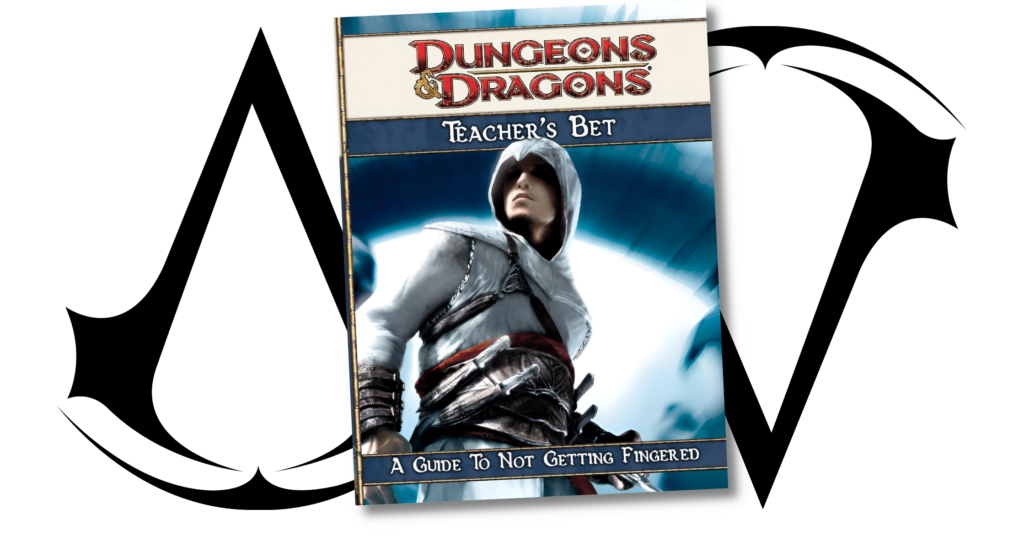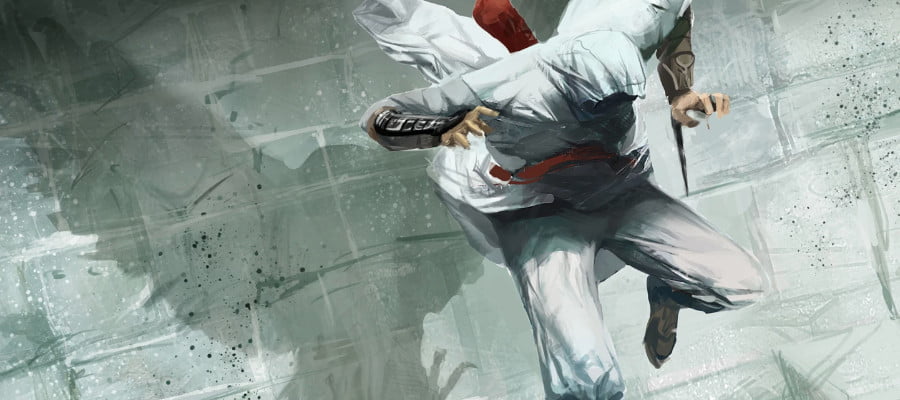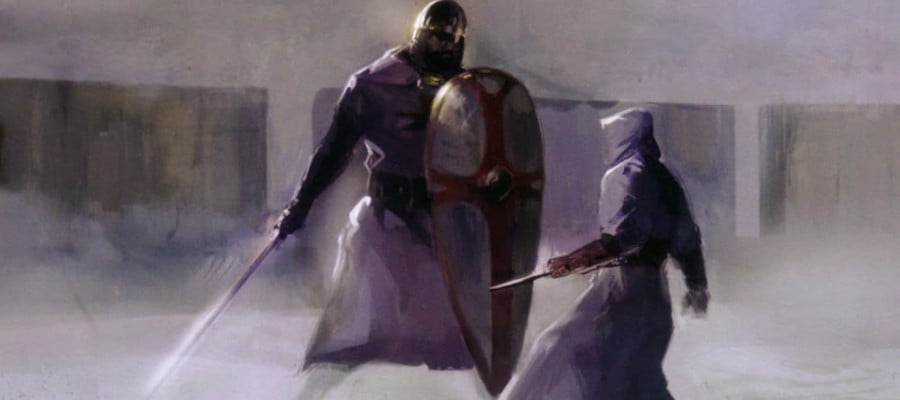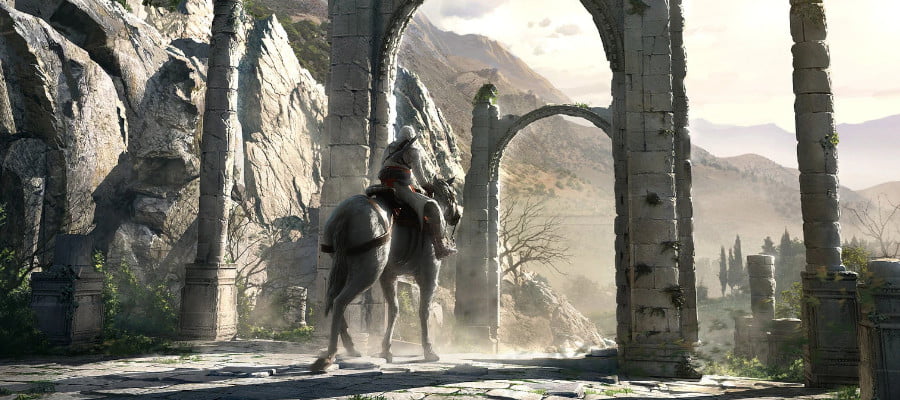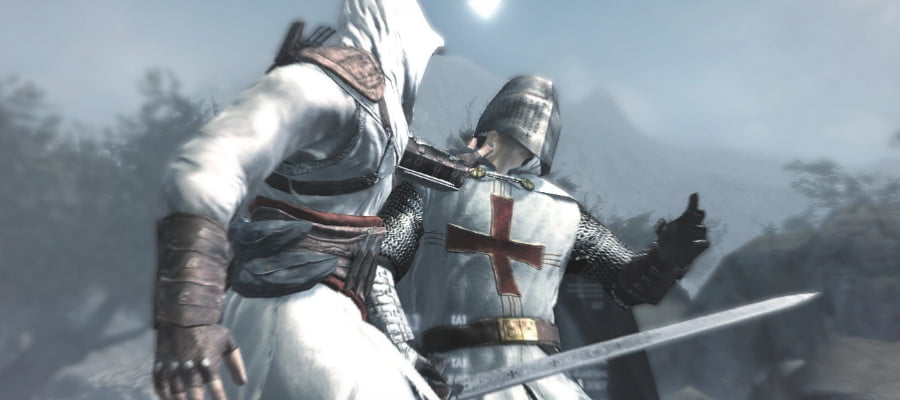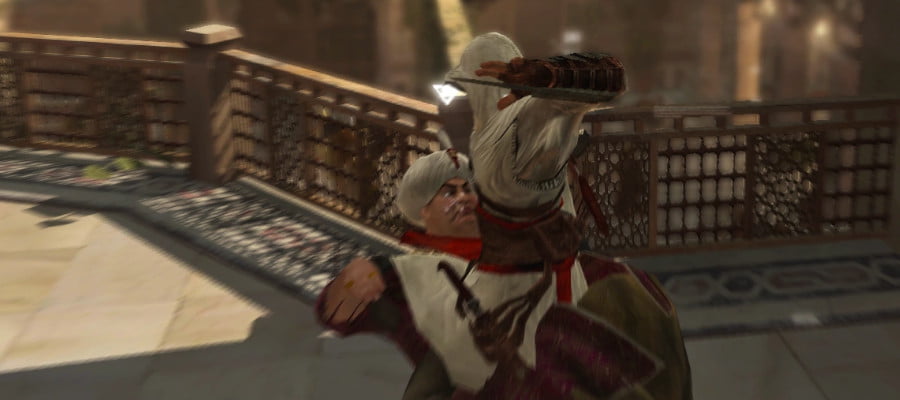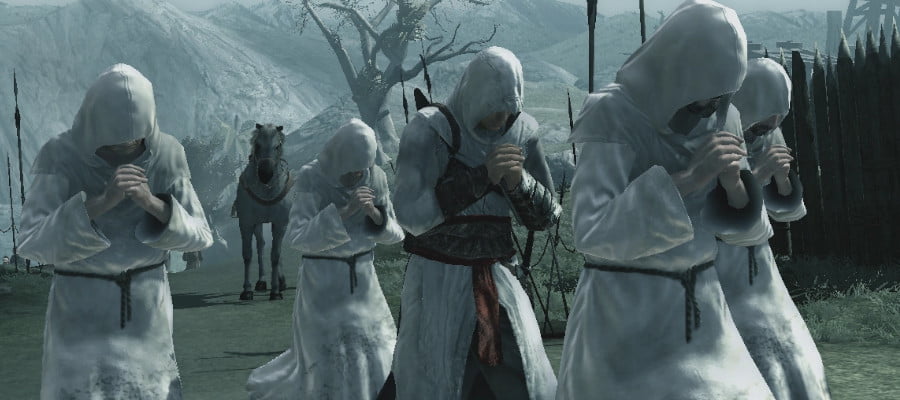In How To Be we’re going to look at a variety of characters from Not D&D and conceptualise how you might go about making a version of that character in the form of D&D that matters on this blog, D&D 4th Edition. Our guidelines are as follows:
- This is going to be a brief rundown of ways to make a character that ‘feels’ like the source character
- This isn’t meant to be comprehensive or authoritative but as a creative exercise
- While not every character can work immediately out of the box, the aim is to make sure they have a character ‘feel’ as soon as possible
- The character has to have the ‘feeling’ of the character by at least midway through Heroic
When building characters in 4th Edition it’s worth remembering that there are a lot of different ways to do the same basic thing. This isn’t going to be comprehensive, or even particularly fleshed out, and instead give you some places to start when you want to make something.
Another thing to remember is that 4e characters tend to be more about collected interactions of groups of things – it’s not that you get a build with specific rules about what you have to take, and when, and why, like you’re lockpicking your way through a design in the hopes of getting an overlap eventually. Character building is about packages, not programs, and we’ll talk about some packages and reference them going forwards.
Just looking at that name I wonder about if I’ve done a decent job with capitalising that name. Oh, it gets all-capsed by the formatting, but I had to type it in and wanted to get it right, and I don’t know if the ibn should be capitalised or – you know what, never mind, I’m showing a lot more respect to Ubisoft’s Slice Of Brand than I should.
Anyway, hi, remember Assassin’s Creed, that interesting game with a lot of potential? The thing that’s distinct from The Assassins Creed Franchise, a bloated multi-billion dollar proof case for the idea that videogames, maybe, aren’t art?
Examining Altair
What can we say about Altair? Well, being as he’s from the Assassins Creed franchise before it got really bloated and included dozens of nested sub-systems, he’s certainly the purest and simplest of the Assassins you get to play. We’re really lucky about Altair as a character because we get to see a lot about him and how he expresses himself, and we know for a fact that the ways he expresses himself in the game are the things he thought of as possible and doable.
Altair can’t swim, not because the character was somehow incapable of it necessarily, but because he didn’t think about swimming. This means that you don’t have to make a character who drops like a rock if he falls in the water, but instead view the interface of the game in terms of the ways that Altair approaches problems in the game.
How does Altair approach problems?
Well, one thing we know is that Altair doesn’t inherently respect boundaries. Altair climbs on buildings without any concerns. There’s no social tension for him for reaching into other people’s pockets or for climbing up the outside of their homes or uh, stabbing them in the guts. There’s a directness at work there. Mobility, utility, and violence, Altair approaches things in very immediate, short-term kind of ways.
We know he Altair wears armour hidden under soft fabric (remember, he gets stabbed in the opening and his forearms are reinforced to block and parry), he conceals himself fully when he goes around, he is capable of being very still and patient and he has the social skills of a thrown brick.
You didn’t notice? Nobody likes Altair. His cohort remark every time they deal with him what a shithead he is! The dude is the class dobber of the assassin set. The character development throughout Assassins Creed is going from being the boy who wants to overperform to impress teacher, to being the boy who realises he needs to find a better teacher to impress!
Altair doesn’t have a lot of interface with magic, but with an asterisk. I think that it’s very reasonable to think of Altair at the end of Assassins Creed as a sort of mundane-with-magical character, who thanks to exposure to something supernatural, has now got a taint of it on him. Like you might think of your Altair as a character who started out non-magical, then magic found him. Basically, I’m not cutting off ‘magical’ effects for an Altair type, but I do think that an Altair with magic needs to still cohere to the core of where Altair came from…
Which is the next bit.
The Essential Altair
First up, Altair has to have skills to represent avoiding attention and climbing buildings. Fortunately, Athletics and stealth are right there, and you don’t need to learn anything weird to use them. He’s an accomplished pickpocket, so thievery gets on the list too. You might want to add Bluff to the list of mandatories, but I think it’s less important for Altair; bluff is a skill for social manipulation, and Altair tends to avoid social manipulation when he can just instead make demands and uh, knife people. Altair’s a profoundly antisocial guy, which makes sense when you consider how much of his training is about not being in the center of attention and what a friendless loser his expertise made him into.
Acrobatics is a lot like Athletics, but given the way we see Altair just straight up pull his entire weight up off the ground with four fingertips, I am inclined to think his climbing is strength based more than it is focused on balance. Especially when you remember he’s wearing armour and carrying multiple weapons!
If for any given option for Altair needs to have access to Thievery, Stealth, and Acrobatics, it’s worth having a background on hand to expand what class skills you have access to. Lots of classes get Athletics, but Thievery and Stealth are a little less widely available. Whenever a class gets Athletics but not the other two, the background to grab is Luskan, from the Forgotten Realms, which puts those skills on your class skill list regardless of where you start. If you start with Thievery and Stealth, you can get Acrobatics and Athletics on your class skill list with the Nelanther Isles background.
And now here we get a special warning: DO NOT USE THE ASSASSIN FOR A BUILD. Let me reiterate: DO NOT USE THE ASSASSIN FOR A BUILD.
There are two classes that could be ‘the assassin’. One is from the Dragon Magazine, which uses ki focuses, and the ‘assassins shroud’ mechanic. One is from the Heroes of Shadow, and it’s what we call an essentials class. The only virtue of the Heroes of Shadow version is that it at least all works together, entirely. It’s not well-supported and it doesn’t interact with other classes or abilities well, so the whole of what it offers is kind of being a self-contained package that does the job it promises to do. On the other hand, it also doesn’t work a lot like a 4e character does, and it doesn’t really scale. I cannot strongly recommend enough against either Assassin class.
The only reason to use an Essentials class is if that class is already perfect for what you’re doing, or because it interacts in a particular way with something else you care about more.
Then there’s the other problem of Altair: Altair kills people very efficiently.
Sort of.
Sort of.
Because this is where we hit a point where I, personally, inject my vision of what it means to be an Assassin in 4ed D&D versus the way it’s handled in Assassins Creed. For the most part, most assassinations in Assassins Creed aren’t what I’d consider a combat encounter: They’re the culmination of a successful skill challenge with a stealth check involved. Altair has a mechanism for fighting things, and he has a different mechanism for when he kills a target without ever fighting them, and you can model that in D&D without ever needing to bust out the dice.
Now, the ensuing battle to get away, combat math can get involved there!
Point is, if your DM thinks you need to be able to deal 60 damage in a single dagger strike to ‘properly’ be an assassin, maybe sit them down and talk to them for a little bit about a different kind of character you can play, because that’s silly.
Scrap It Out: Rogue Altair
First option and easiest to get from the jump. Given that we know Altair is strong enough to support his entire body weight with one hand hanging off the side of a cliff, the player’s handbook Rogue, the Brutal Scoundrel seems the best place to start. Just be a physically fit well-trained combat bastard. Your skills get you into position, and then you can kill from there. This is probably the least complicated interpretation of Altair, and it does the job of contributing to a party than the Assassin does.
Parry, Block, Bleed: Fighter Altair
Hey, did you notice how when you don’t successfully knife an opponent in the neck, Altair pulls a sword? And how you can do things while fighting with your sword like punish people who attack you wrong. When you couple that with the armour he wears and the way he can take hits for ages as he fights his way through clouds of enemies (like you have to do at the end of the first game huff grr errgghh), but you could use the grappling fighter build for this kind of Fighter build. You can still run, sneak, climb and crawl but when the fighting starts, you’re the one who hunkers down into full stance and protect your friends.
Off Hand Back Hand: Ranger Altair
But okay, what if you want to keep the striker element, but want to be more capable in those big, group combat scenes and highly mobile combat you see in the trailers of Altair? Well, there’s always the ranger as an option for stupidly powerful melee combatants who use light blades. Grab an arm axe, wield a light blade in your other hand and then all those delicious ranger mobility utility powers are there for you to pick and choose for. The idea of long shifts as ways to get close to targets in the right moment is really valuable!
Junk Drawer
That’s all built under the demand that Altair is martially capable, a non-magical knifeboy. If you want to step aside from that, though, you can add other options that might fit your vision of Altair a bit better, maybe building on that fantasy of getting special powers from a weird artifact. If you read my article recently on critical hits, you know that the Paladin and Avenger also get to represent a different kind of ‘big hit’ character. The idea of a dual wielding Ranger-with-Avenger multiclass options as a dual-wielding daggery assassin is a pretty cool one. You still get stealth, athletics and a focus on knifing opponents, but a little dash of the special from having Oath of Emnity and the occasional spikes from multiple crits.
Altair isn’t a particularly complicated character. What’s most complicated about him is somehow avoiding accidentally building a character with the stereotypical version of his abilities that just incidentally picks up a bunch of things we can be pretty confident he can’t do. That’s not to say your Altair needs to be as limited as the original Altair! But it’s worth remembering that you get to make choices about a character, and you don’t have to assume that being good at one thing means being good at everything they could do.
